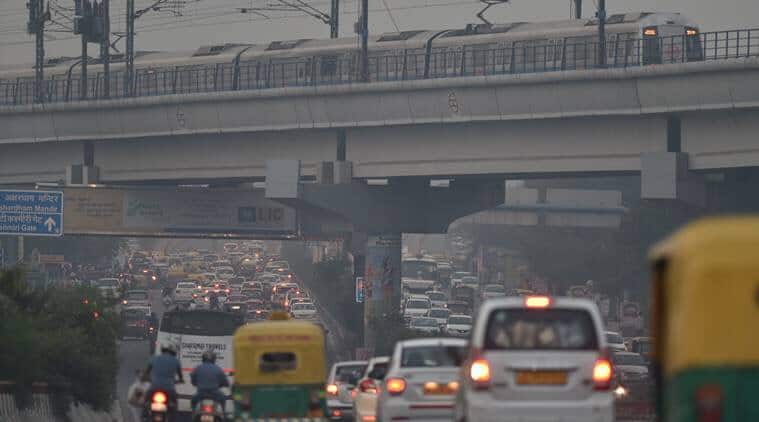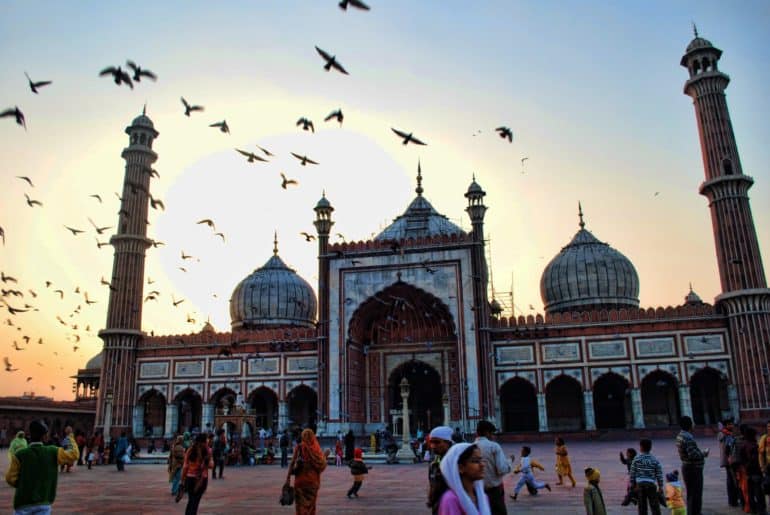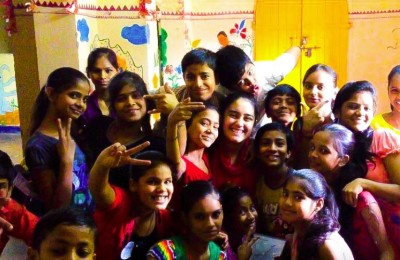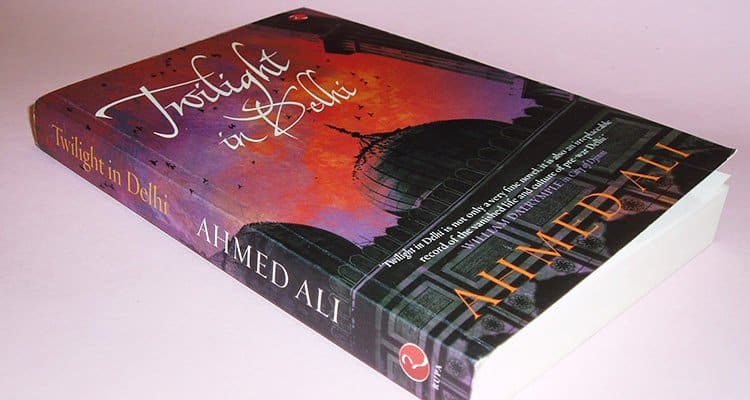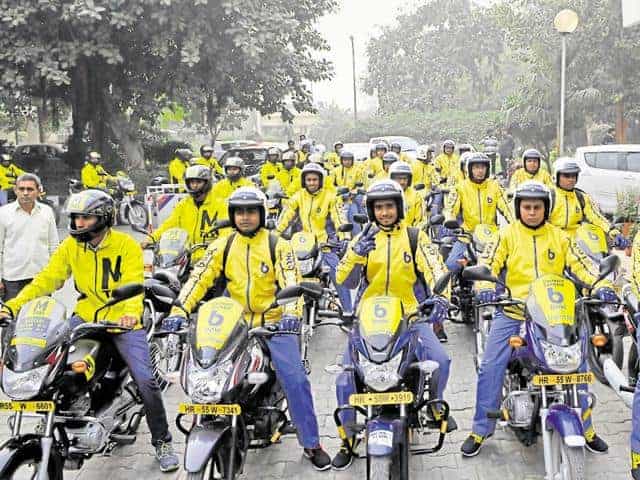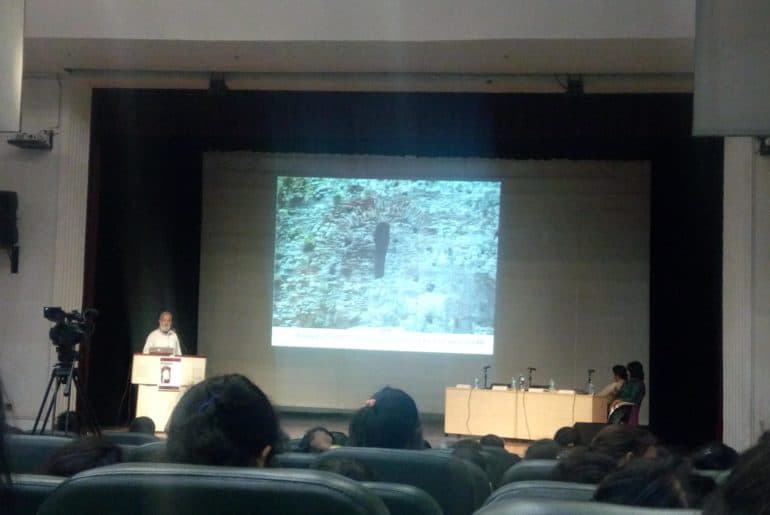With air pollution reaching galloping levels in Delhi, the authorities are finally awake from their slumber and the Odd-Even rule will be implemented again from November 13, 2017.
The Arvind Kejriwal Government announced on Thursday to bring back the Odd-Even car rationing scheme for five days from November 13 to November 17, 2017 as part of a graded response plan to tackle the hazardous levels of air pollution in the Capital, with air quality worsening for the third straight day. This is the third time that Delhi will try the radical road-rationing scheme during which private cars with even and odd-numbered plates ply on alternate days.
Top officials of the Central Pollution Control Board (CPCB), however, questioned the timing of the plan, suggesting the emergency measure may not be required any longer because weather conditions would improve from Friday, clearing the toxic haze that has engulfed Delhi since Monday night. The scheme will be in place from 8.00 a.m. to 8.00 p.m., beginning Monday. Women drivers, two-wheelers and vehicles carrying children in school uniform, in addition to VVIPs, would be exempted from its provisions, Delhi Transport Minister Kailash Gahlot said. “The exemptions will be similar to last year and there is no need for people to panic,” he told reporters, adding that CNG vehicles having valid stickers would be exempt. The Minister also added that the Delhi government would not allow cab aggregators such as Uber and Ola to resort to surge pricing during the period in Delhi. Motorists will have to pay ?2,000 if they violate provisions of the scheme, which will be enforced by teams of the Delhi police, the transport department and sub-divisional magistrates.
According to the government, vehicles of the President, the Vice-President, the Prime Minister, Governors, the Chief Justice of India, the Speaker of the Lok Sabha, Union Ministers, Leaders of the Opposition in the Lok Sabha and the Rajya Sabha, and SPG protectees, among others, will be exempt. Embassy vehicles do not come under odd-even rules and neither do commercial vehicles bearing yellow number plates. However, the Delhi government has not given any exemption to its Ministers, including the Chief Minister. Women only vehicles, including children of age up to 12 years, travelling with them will be exempted. Vehicles driven or occupied by handicapped persons will also be exempt. Two wheelers will be exempted from the scheme like the last two phases of the odd-even rationing scheme. CNG-driven vehicles, battery or electric-operated vehicles and hybrid vehicles will not be under the ambit of this scheme. The Delhi government has directed DTC to hire 500 buses from private contractors to tackle the rush of commuters during the odd-even implementation week. Delhi Metro will also provide 100 small buses during the period.
A study by atmospheric scientists of Indian Institute of Technology Delhi and Kanpur and Indian Institute of Tropical Meteorology Pune had found that 15-day road-rationing in January 2016 brought down pollution levels by just 2-3%. The Delhi government’s own assessment of the next round, in April of the same year, said the drive did little to reduce pollution or congestion.
Feature Image Credits: The Indian Express
Oorja Tapan
[email protected]

